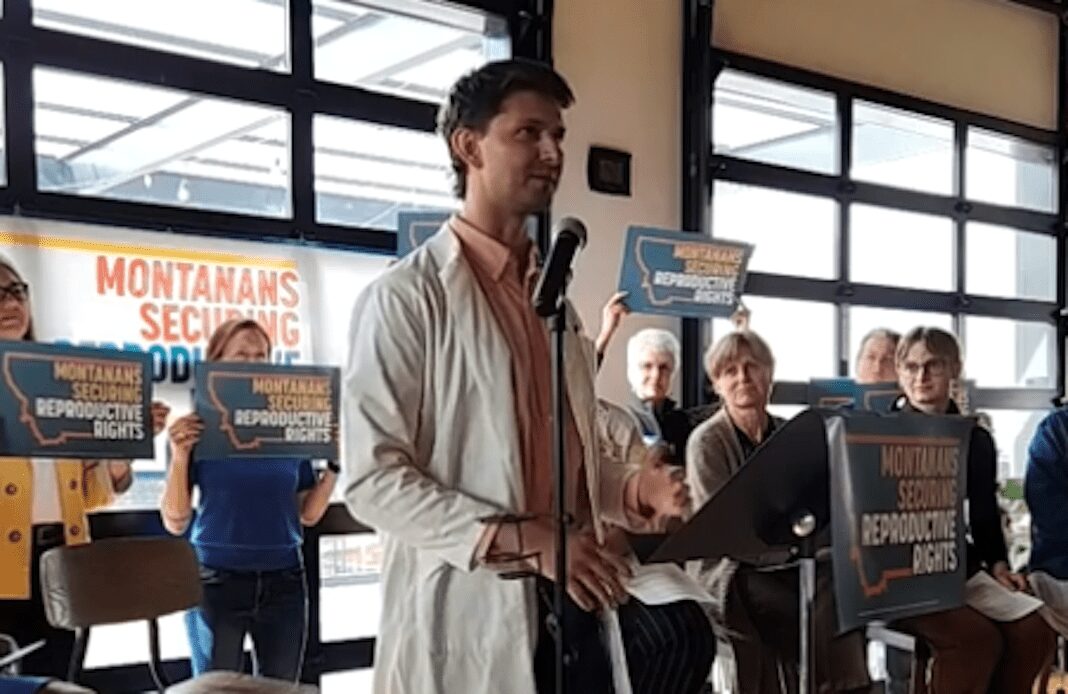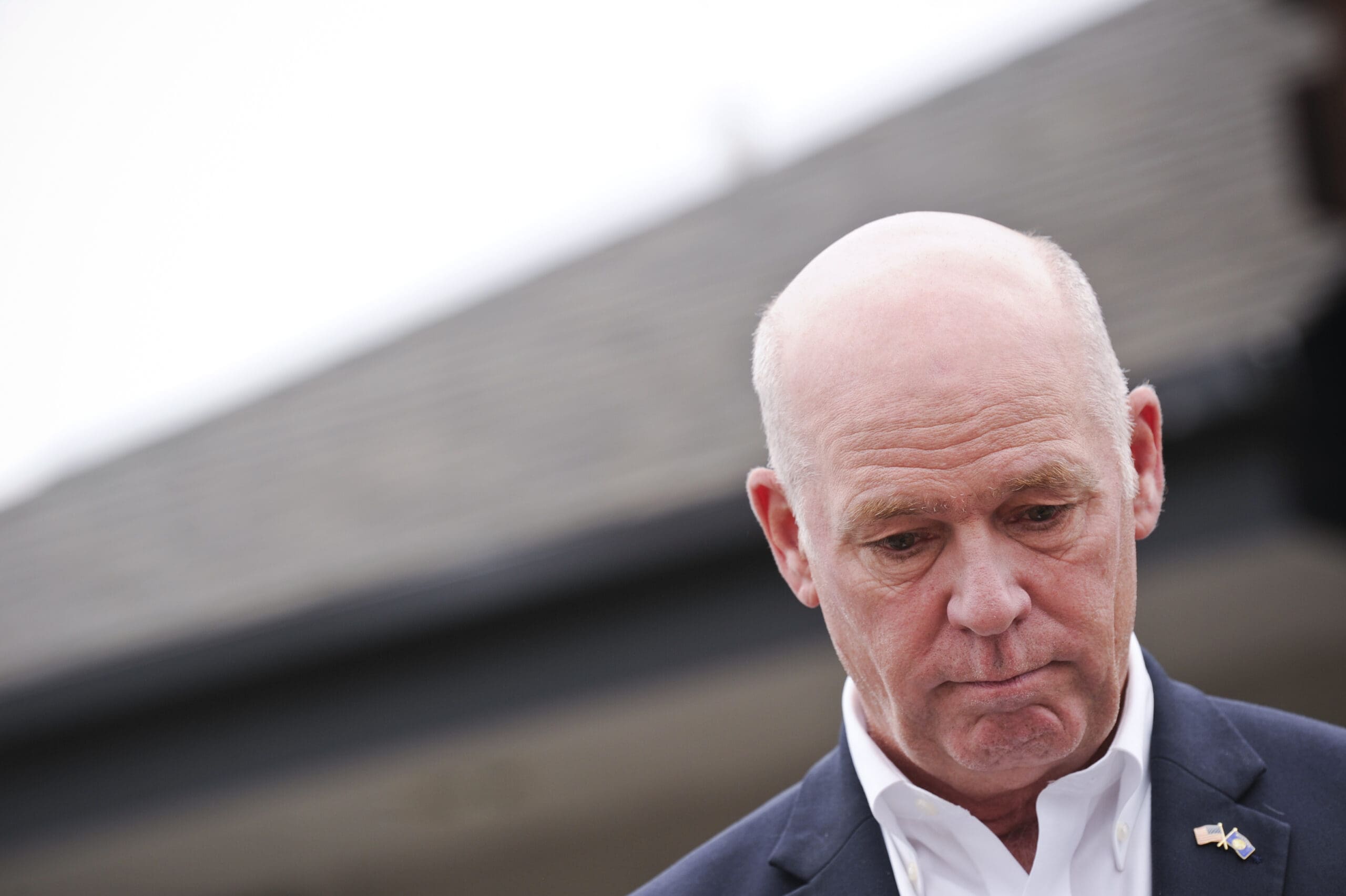State Supreme Court rules against secretary of state on abortion ballot initiative
The court’s action against Secretary of State Christi Jacobsen followed an earlier set of delays and challenges from Attorney General Austin Knudsen.

Backers of a ballot initiative to guarantee reproductive rights in Montana have finally cleared a tangle of legal obstacles thrown up by Republican elected officials. Nonetheless, it required the threat of a contempt of court citation for Secretary of State Christi Jacobsen to finally clear the path on April 5.
The petition sets Montana on a course to join states such as Florida and Arizona in supercharging the abortion issue as the country moves toward the November elections. In Arizona, a state Supreme Court ruling on April 9 has reinstated a draconian 1864 law specifying prison time for doctors who perform the procedure. Observers say the Arizona decision is resonating nationwide because it could have consequences in the critical background state for the election and the future of women’s health care.
The decision in Arizona came on the heels of a ruling by the Florida Supreme Court that banned abortion after the sixth week of pregnancy, but a second ruling added a proposed constitutional amendment to the ballot in November that would overturn that ban.
In Montana, that last hurdle erected by the secretary of state cost the petition’s backers a week of time. They face a June 21 deadline to gather about 60,000 signatures.
Jacobsen’s office argued that the delay was justified to meet a requirement in state law for a two-week legislative review of any proposed ballot initiative. The state’s Supreme Court, however, had already ruled that the requirement of legislative review no longer applied. Jacobsen’s office argued that the court’s ruling on this point was laid out in a footnote and so did not apply. That tactic sent the backers of the initiative straight back to the Supreme Court, which seemed unimpressed by the secretary of state’s argument based on the footnote. The justices immediately gave Jacobsen a week to argue her case or face a contempt of court charge. She instead folded and sent the final version of the petition to advocates a few days later, clearing it for circulation.
The court’s action against Jacobsen followed an earlier set of delays and challenges from Republican Attorney General Austin Knudsen, who is also a staunch opponent of reproductive rights. The running battle with him ended on April 1 when the court overruled ballot language he had proposed. That ruling, in turn, resulted from an earlier decision by the high court on March 18 on a previous suit by Montanans Securing Reproductive Rights, an ad hoc coalition backing the ballot measure that includes the American Civil Liberties Union of Montana, Forward Montana, and Planned Parenthood Advocates of Montana. After a review of the group’s proposed ballot measure, Knudsen decided the measure itself did not meet constitutional requirements. The justices disagreed in their March 18 ruling.
The initiative’s backers had submitted proposed ballot language with their initial filing, but Knudsen took no position on it in his first opinion, so the Supreme Court sent the matter back to him to settle ballot language.
Knudsen then responded with language that sent the advocates back to the Supreme Court on March 26 asking that he be overruled. That led to a 15-page ruling written by Justice Ingrid Gustafson. Among its rebukes are that Knudsen’s legal reasons “would lead to absurd results.” Five other justices concurred, but Justice James A. Rice abstained.
In the end, though, the lengthy ruling amounted to a simple conclusion that Knudsen had submitted ballot wording that was unfair and misleading and failed to measure up to the requirements of state law. The justices, however, did agree with Knudsen on a couple of minor points, but instead of sending the measure back to him to address those points, the court tweaked the language submitted by the measure’s backers to satisfy those issues.



